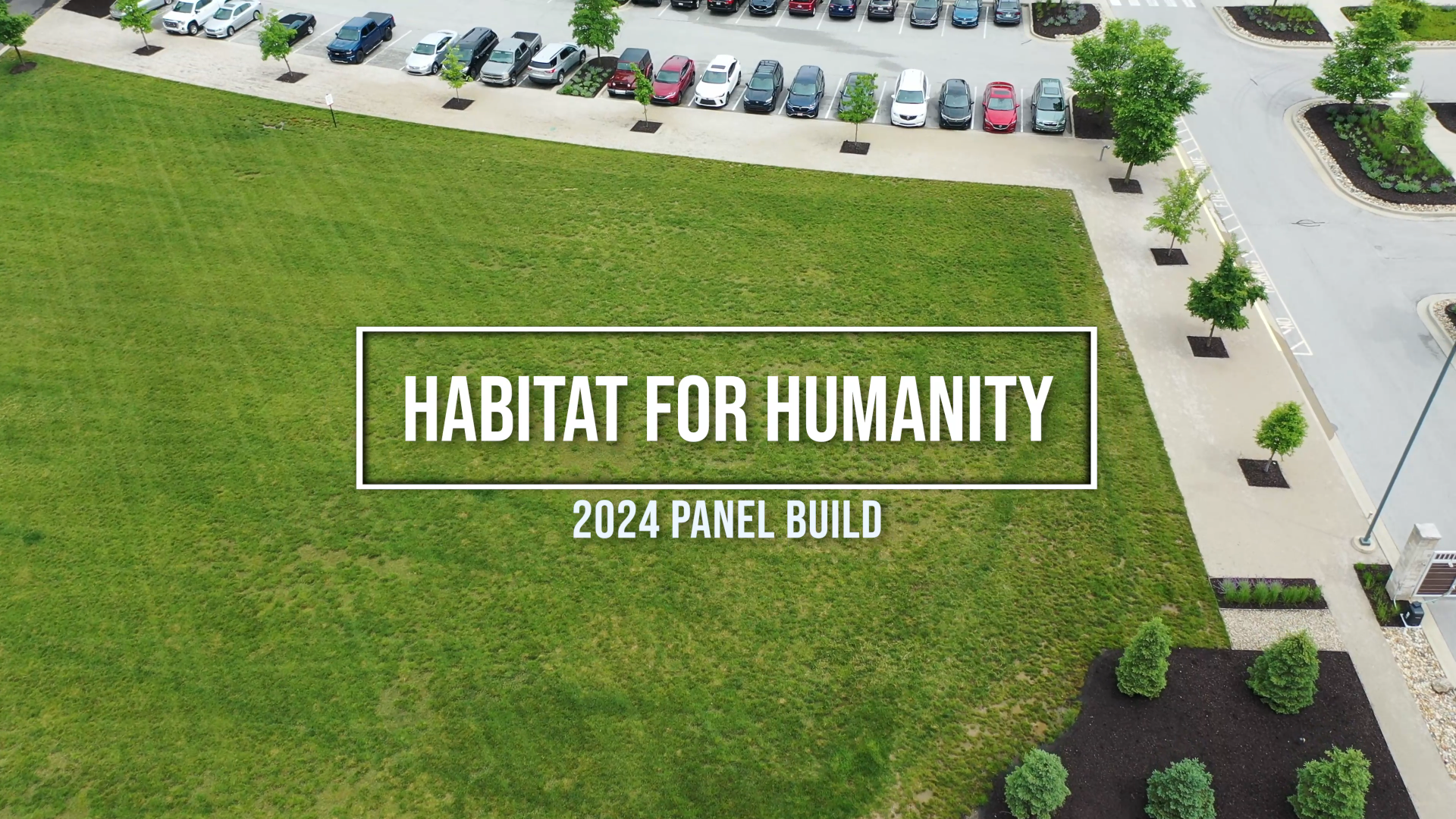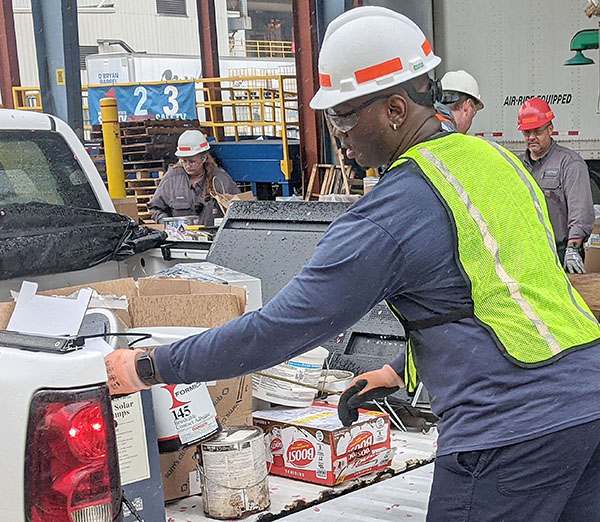Just What Is “Proper Disposal?”
A family watches a TV news story about a traffic accident involving a chemical spill. The reporter closes by explaining that hazmat crews cleaned up the spill and sent the material off for proper disposal.
A homeowner packs the trunk of her car with boxes of old paint cans, pool and yard chemicals, plus cleaners and solvents that she no longer wants. She drives to a household hazardous waste collection event sponsored by her community. She is satisfied that her old household chemical products have been collected for proper disposal.
A high school chemistry teacher gets ready for another school year by cleaning out and organizing the chemicals in the school’s laboratory. He sends an email to the principal that the lab’s inventory is stored safely, and that the old and unwanted chemicals were shipped out for proper disposal.
For many, the story about proper disposal of hazardous waste ends there.
Without question, our modern society has increased living standards and lengthened life spans. It grows and thrives based on a dynamic economy that produces many goods and services. The production and use of many common, everyday products leave chemical residues that may harm health and the environment if they are not managed properly. That description, essentially, is the definition of a hazardous waste. It takes a specialized industry to manage these materials in an environmentally responsible manner.
For decades, chemical wastes were stored haphazardly, buried, dumped, or burned indiscriminately because they were in the way. Well-known examples of mismanaged hazardous waste, led to the abandonment of a suburban neighborhood in Love Canal, New York, and an oil fire on the Cuyahoga River in Cleveland, Ohio.
Things began to change following the passage of landmark federal legislation in 1976. The Resource Conservation and Recovery Act, known as RCRA, committed the nation to identifying hazardous wastes and developing a program to manage them in a responsible manner. RCRA mandates the proper types of treatment for each type of hazardous waste. This treatment might be chemical neutralization, physical separation of the hazardous chemicals, or possibly thermal treatment to destroy the hazardous compounds. EPA dictates the types of treatment by waste type, thus ensuring proper disposal.
Despite the efforts and policy mandates for people and industry to reduce, reuse or recycle waste, there will always be a chemical residue that must be disposed of in a permitted landfill or be treated by high-temperature incineration with strict controls for air emissions.
So the next time you see a news story about an environmental cleanup, participate in a community household hazardous waste collection, or perform an experiment in a school chemistry lab, think about what “proper disposal” means. You can rest assured there are companies like Heritage that have the experience and know-how to protect health and the environment from the hazards of hazardous wastes.
Watch for future blogs about various waste and treatment types and how the environmental industry helps to assure proper disposal.
More News From Heritage
-
6/27/24
Heritage Environmental Services to Acquire EBV from General Dynamics
Heritage Environmental Servicess, an EQT Infrastructure portfolio company, will acquire EBV from General Dynamics
-
6/13/24
Meet The Facilities – East Liverpool
An inside look at our incineration facility located in East Liverpool, OH
-
5/24/24
Habitat for Humanity 2024
Heritage hosted our 14th annual Habitat for Humanity build this month, partnering with over 50 employees from various THG companies.
-
5/6/24
Date set for the household hazardous waste collection in East Liverpool, Ohio
-
3/12/24
Equal Pay Day – Spotlighting Our Female Drivers
-
3/8/24
International Women’s Week Spotlight – Shannon Dippel
For International Women's Week, we're spotlighting some of the incredible women in the Heritage family. Our final spotlight is Shannon Dippel.
-
3/8/24
International Women’s Week Spotlight – Susan Adams
For International Women's Week, we're spotlighting some of the incredible women in the Heritage family. Our sixth spotlight is Susan Adams.
-
3/7/24
International Women’s Week Spotlight – Lea Wilson
For International Women's Week, we're spotlighting some of the incredible women in the Heritage family. Our fifth spotlight is Lea Wilson








